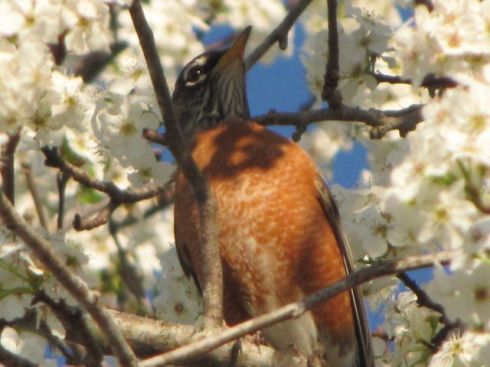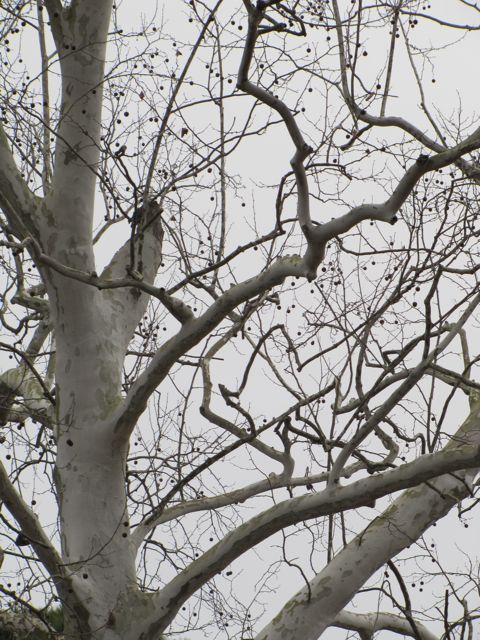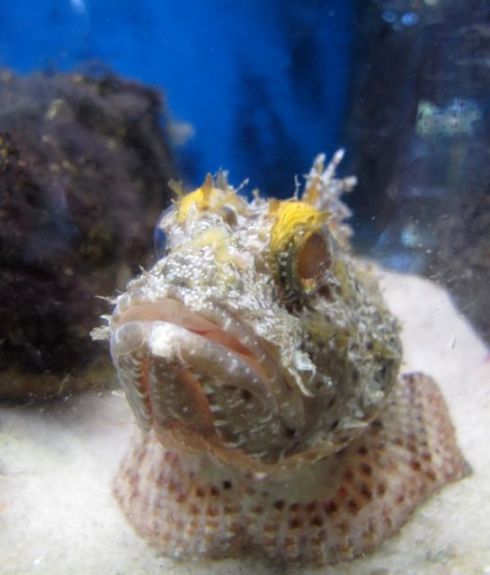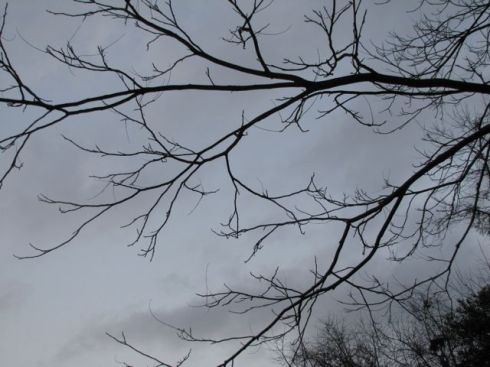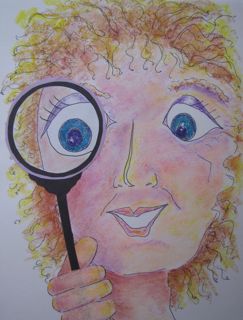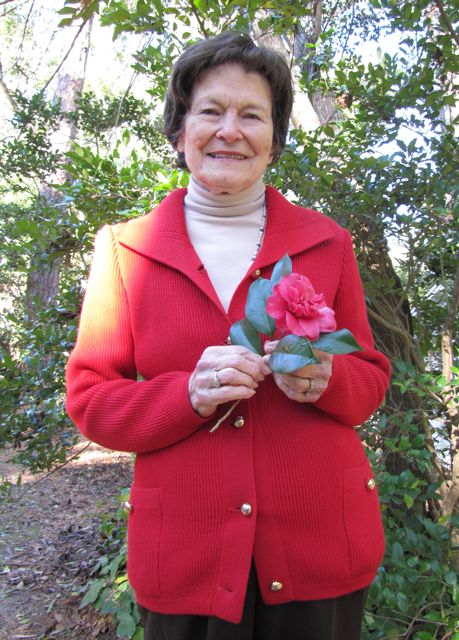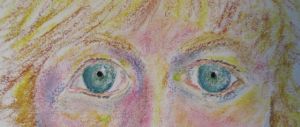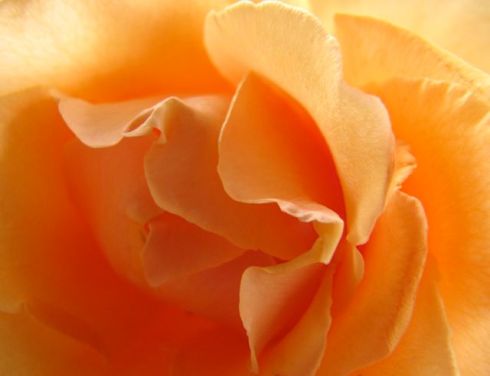It is the afternoon of Christmas Eve, 2011, just a few short weeks ago:
I wheel my mother, in a borrowed chair, from the assisted living facility where she has been since September, 2011, into my father’s room in the memory care unit. He’s been here since July. One never knows whether my father will be sleeping or alert, and, if alert, whether he will be pleasant or cranky, or, for that matter, know who we are.
But, today is a good day.
As my mother and I enter the room, he is sitting in his rocking chair, awake. “Well, look who’s here,” he says and smiles. He recognizes us, although he may not know exactly who we are—his devoted wife and firstborn child—but he knows we are people familiar to him, people connected in the heart with him. My mother smiles, greets my father with, “Hi, honey,” in a clear and loud voice, so his near-deaf ears can hear. She gets out of the wheelchair; he eases himself out of the rocking chair. They are two frail humans coming to each other. They embrace.
“I love you,” my father says.
“I love you, too,” my mother responds.
And, I am touched.
Today is my parents’ sixty-fifth wedding anniversary. My father is ninety-two and my mother, eighty-eight. Their wedding picture (shown above) hangs over my father’s bed. If you ask him who that gorgeous couple in the photograph is, he can’t tell you.
My father sits back in the rocking chair and beams at both of us. I wheel my mother in her chair so that she’s able to sit next to him. I tell my father that today he and my mother have been married for sixty-five years. “Oh, really? I didn’t know that,” he says. He reaches over and clasps my mother’s hand.
I sit across from them on my father’s bed and, finally, relax.
It was iffy, very iffy, as to whether they’d make it to this anniversary.
Just two days before, my mother, with a terminal medical condition, experienced a sudden appearance of symptoms (redness and swelling in her neck) that were excruciatingly painful. Upon the recommendation of her hospice nurse and the doctor, she and I went to the emergency room (where we spent ten hours–yes, ten) to have her situation evaluated. The verdict was that nothing could be done except manage the pain.
Mysteriously, by the next day, the redness and swelling had begun to recede, although she was still very uncomfortable. By today the redness and swelling have become even less noticeable.
During the visit this afternoon, I use my cell phone to call my sister so she can speak briefly with my parents. By then my father has no recollection of what I’ve told him about the significance of this day. When my sister says, “Happy anniversary, Daddy,” he smiles, but has no comprehension of what that means.
Later, I slip out of the room to talk with one of my daughters on my phone. When I walk back into the room, my mother reports, “Well, your father asked me if I would be his partner for life.” She smiles. Over the past few years, as my father’s memory has became more and more tattered, he has occasionally asked my mother if she would marry him. Even in the vast, confusing spaces of his mind, he knows my mother is his beloved.
“So, I guess we’ve got that all worked out,” my mother says, a wry smile parting her lips.
Sixty-five years. Lots of wrinkles and gritty, hard losses. Lots of will and determination. Lots of thing to get worked out. And, each day, now, a struggle for my mother. But, for her, this is a good day. And, why not? It’s not every day that you get a heartfelt marriage proposal from the man of your dreams.














